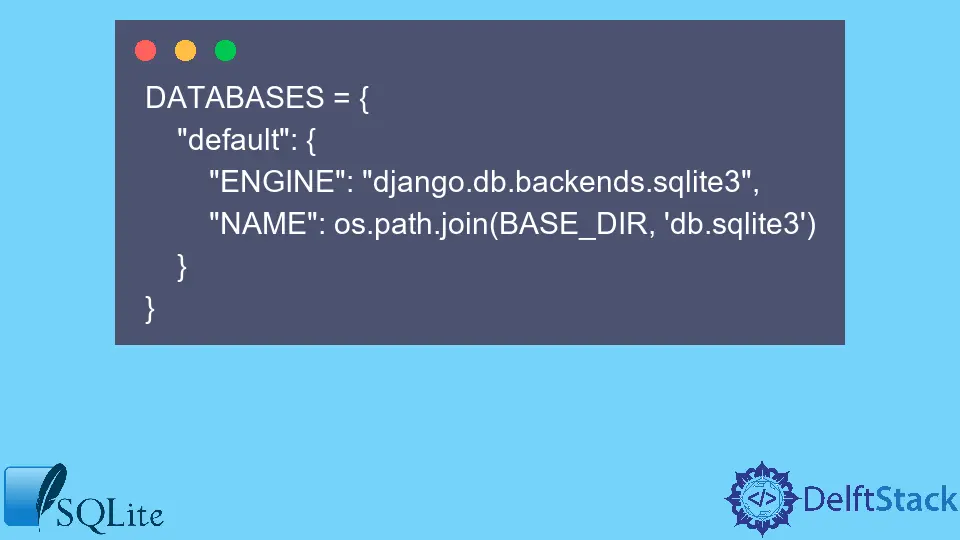How to Fix Error: Unable to Open a SQLite Database File in Django

Django is a Python-based web development framework or, as its official website says, “Django - The web framework for perfectionists with deadlines”. Using Django, we can create robust web applications, backends, APIs, etc.
Since it’s a framework, it comes with a torrent of features out of the box. To list a few, parse requests and format them, manage databases using an ORM or Object Relational Mapping, middlewares, built-in robust authentication and authorization system, pre-build admin panel, etc.
When working with databases, we fall into various errors. The most common error that most developers face is not being able to connect to a database.
By default, Django offers an SQLite database (it has the support of other databases as well), and one can run into a sqlite3.OperationalError error when running a Django application. In this article, we will talk about how to fix this error.
Resolve sqlite3.OperationalError in Django
When Django cannot access the SQLite database, it throws sqlite3.OperationalError: unable to open database file error.
There can be a few reasons for this error, such as the database isn’t created, the filename of the SQLite database being changed, the extension of the database file being changed, etc.
One common reason is that the path specified to the database in the settings.py file is wrong or invalid. In such a case, the path is not logically correct; hence, the file is not accessible.
Whenever specifying a path for the SQLite database, make sure that the path is logically correct and it’s an absolute path.
Some relevant examples of this are below.
For macOS or Linux:
DATABASES = {
"default": {
"ENGINE": "django.db.backends.sqlite3",
"NAME": "/home/path/to/your/db/database.sqlite3"
}
}
For Windows:
DATABASES = {
"default": {
"ENGINE": "django.db.backends.sqlite3",
"NAME": "<DRIVE_LETTER>:\\path\\to\\your\\database\\db.sqlite3"
}
}
Default Django Setting:
DATABASES = {
"default": {
"ENGINE": "django.db.backends.sqlite3",
"NAME": os.path.join(BASE_DIR, 'db.sqlite3')
}
}
